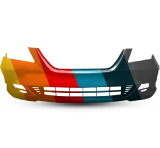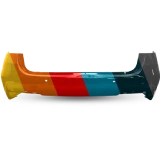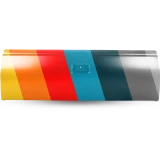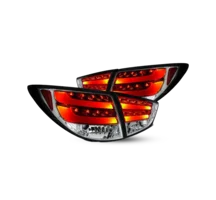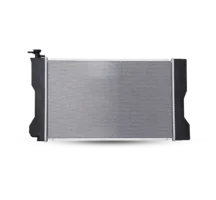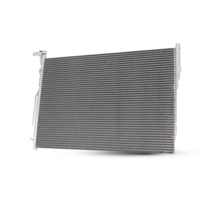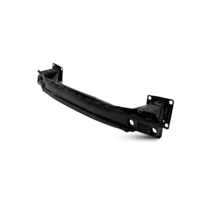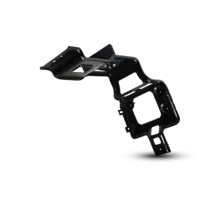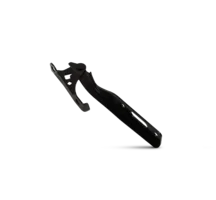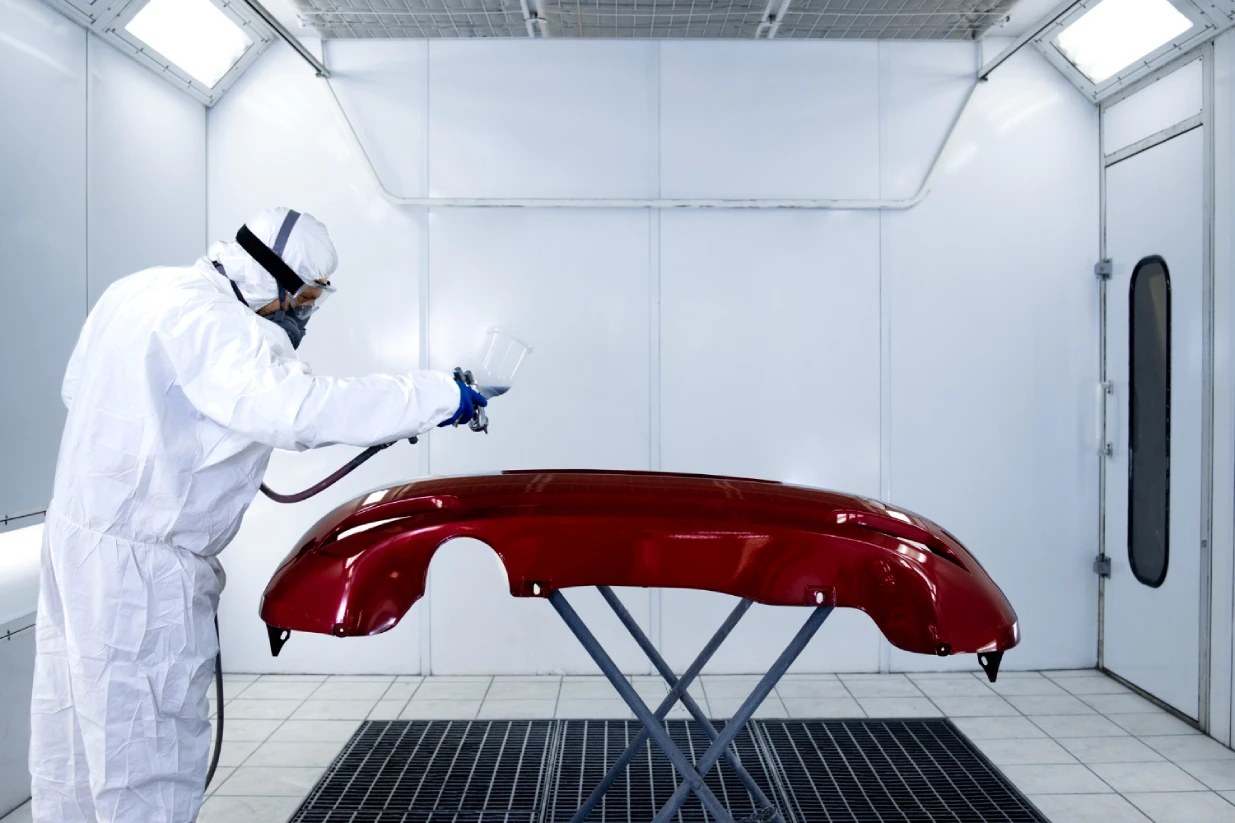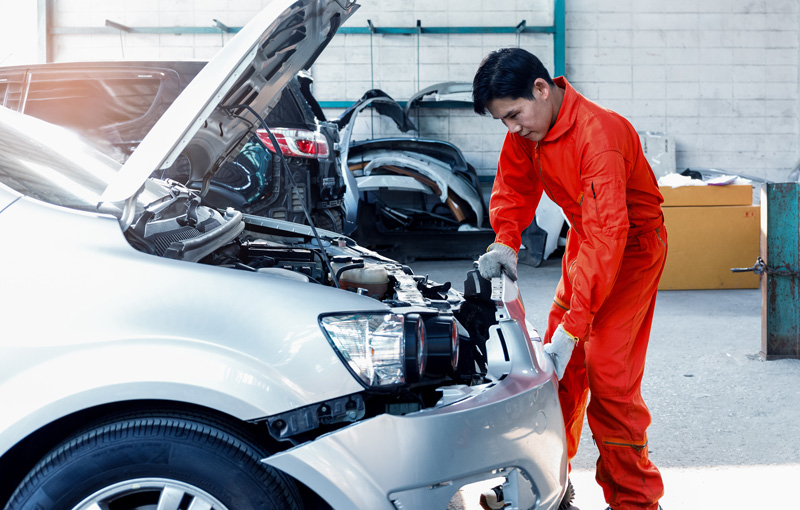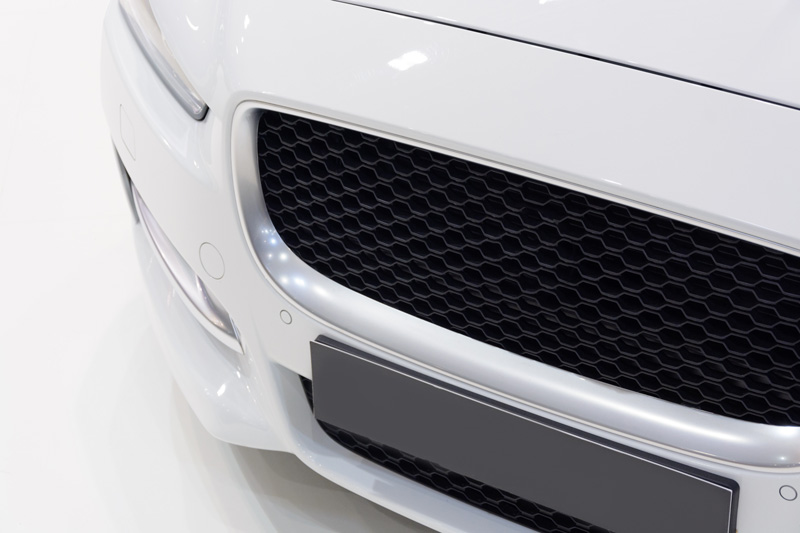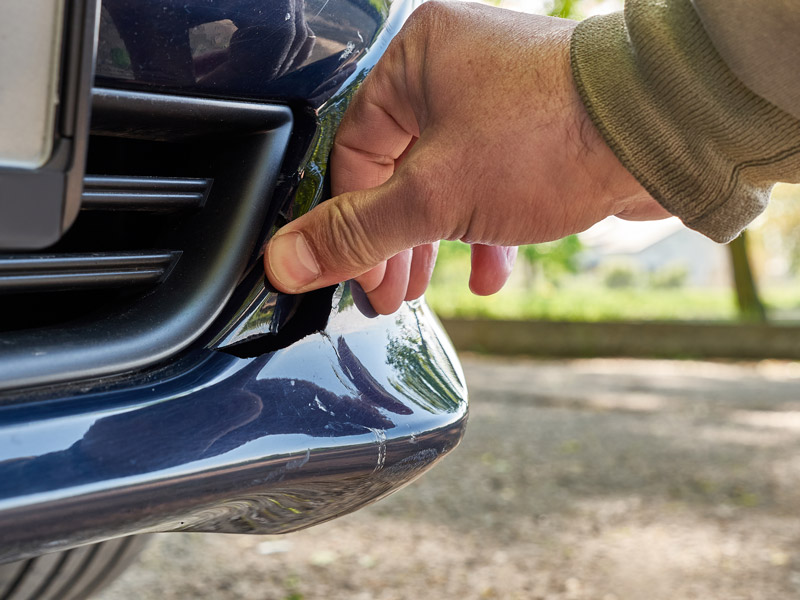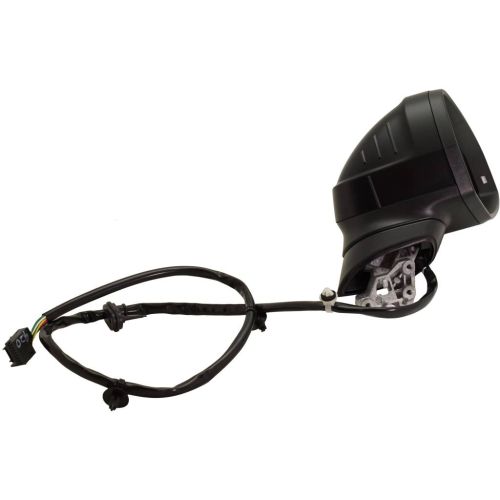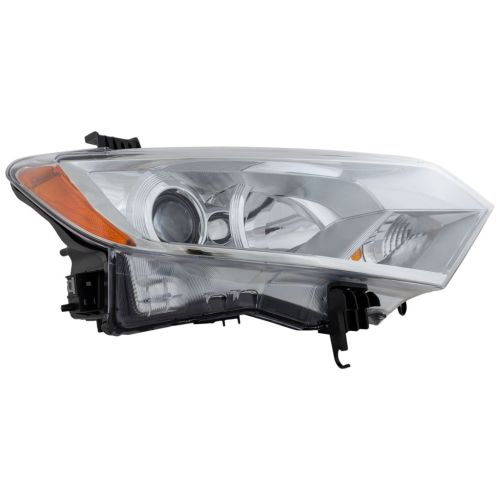Repainting a vehicle is a complex procedure that demands technical preparation, careful material selection, and full awareness of how paint types and vehicle conditions impact both quality and timeline.
Professionals in body shops and serious automotive DIYers alike need realistic expectations to ensure the finished result is not only visually impressive but durable over time.
Key Takeaways:
- Paint time depends on vehicle condition, paint system complexity, and the method used.
- Professional facilities are faster due to workflow efficiency; DIY timelines must accommodate slower curing and prep.
- Rushing post-paint steps is a common mistake-curing and finishing are essential for quality.
This guide breaks down every phase of the process, highlighting what actually affects painting duration-from prep to curing. Ready to dive deeper into each stage? Let's go step-by-step.
Factors Affecting the Time to Paint a Car
Understanding what affects painting duration is key for accurate planning. Each stage of the process builds upon the last, and efficiency is directly influenced by how well the foundation is prepared.
Type of paint and finish
The paint system you choose is the first major factor in the overall timeline. Single-stage urethane paints are faster to apply since they combine color and gloss in one coat.
These are often used in budget projects or fleet repaints. In contrast, basecoat-clearcoat systems require multiple layers - typically at least two base layers followed by two or more layers of clearcoat each needing drying and potentially wet sanding in between.
Waterborne paints, gaining popularity for their environmental profile and vibrant finishes, introduce additional timing considerations. They must be applied in humidity-controlled conditions, and their drying phase is more sensitive to ambient conditions.
Specialty finishes like metallic, matte, or tri-coat pearls demand layering and slow application techniques to avoid defects, significantly extending the paint window.
The more advanced the paint type, the longer the process takes. Professionals streamline this with controlled booths and skilled application teams, while DIY painters need to pace their work to avoid surface defects.

Condition of the vehicle
Vehicle surface condition can either accelerate or significantly delay the job. A clean, straight car with no rust or body damage can move directly into light sanding and priming.
On the other hand, older or previously damaged vehicles require substantial surface preparation. This includes sanding through failed clearcoat, removing rust, repairing dents, and reapplying body filler.
Each imperfection adds hours of additional labor. Even seemingly small surface rust around door sills or trim edges can require stripping entire panels. The worse the condition, the more time needed before any paint can be sprayed.
While professional shops handle this with dedicated teams, DIYers often find themselves spending multiple evenings or weekends just on bodywork before painting can even begin.
Preparation and setup time
Every successful paint job is built on thorough preparation. Washing the car with degreasers to remove road film and oil is essential. Sanding, often with progressive grits, helps the new paint adhere and removes any old flaking material.
Masking off trim, windows, and adjacent panels is time-intensive but vital to prevent overspray. In many cases, parts like mirrors, door handles, and lights must be removed entirely.
Professionals often spend an entire shift on this prep stage, with designated masking and prep bays to accelerate the workflow. DIY painters working in a garage or rented booth usually need significantly longer due to the solo nature of the task and the limited tools available.
Achieving dust control and consistent lighting adds to the time but pays off in application quality.
Estimated Timeframes for Different Painting Methods
Once prep is complete, the actual paint application process begins. Here the approach professional versus DIY, creates the greatest variation in time.
Professional paint jobs
In certified body shops, an efficient workflow and access to specialized equipment keeps things moving quickly. For a basic single-stage job, the vehicle might be ready in two to three days.
Day one is usually devoted to final prep, masking, and priming. Day two includes basecoat and clearcoat application with proper flash times. The third day is for curing, light wet sanding, and buffing.
More complex basecoat-clearcoat systems extend this to five or six days, especially if the job involves custom mixing, color blending, or specialty finishes. High-end restorations with metal flake, multi-tone designs, or intricate graphics can take two weeks or more.
These durations reflect not just painting time, but environmental control. Shops manage temperature, humidity, and dust through sealed spray booths, allowing for quicker, safer curing and a better finish overall.
DIY painting
Experienced DIYers without shop-grade resources must be realistic. The paint phase alone usually spans several days to a week, depending on paint type and workspace conditions. After body repairs and prep, setting up a dust-free environment, managing airflow, and using the correct spray equipment take time.
A basecoat-clearcoat system typically requires one full day to lay down base and clear, with full drying intervals between layers. However, without forced-air drying or infrared lamps, each coat may need 24 hours or more to settle before the next layer or sanding.
Add to this the time required for setup, reassembly, and post-painting polish, and total timelines often reach ten to fourteen days for even skilled home painters.
Additional Considerations
Even after the final layer of paint is sprayed, the process is far from complete. Post-application time is critical to long-term finish quality.
Drying and curing times
Curing is not just about waiting - it's about chemical hardening. While paints may feel dry to the touch within a few hours, they remain soft and vulnerable underneath. This means no buffing, waxing, or intense handling should occur too soon.
In controlled shop environments, urethane paints may cure within 24 to 72 hours using baking ovens or heated air circulation. At home, curing may take up to a week, especially for waterborne systems or clearcoats applied in high humidity. Rushing this stage leads to surface clouding, trapped solvents, or peeling over time.
Post‑painting processes
Once the paint has hardened, the vehicle needs to be wet sanded using fine abrasives to remove any surface imperfections such as dust or minor orange peel. This is followed by compounding, a stage where abrasives refine the surface to restore gloss and clarity. Finally, polishing seals the finish and prepares the vehicle for reassembly.
Each of these steps takes time and expertise. Professionals might finish in a single day, while DIYers often spread this over a few sessions.
Reinstalling trim, realigning panels, and verifying paint depth and evenness requires patience to avoid scratches or alignment problems. This final phase brings the full process together and shouldn't be underestimated in terms of time or impact on final quality.
Final Thoughts
Painting a car requires not just technical ability but a deep respect for the process and timing. For professionals, most standard jobs take between three and six days, depending on vehicle condition and finish type. High-end work and restorations require longer, often exceeding two weeks.
DIYers should expect to spend one to two weeks minimum, with most of the time spent on meticulous preparation, controlled application, and patient finishing.
The key takeaway is that paint doesn't stop at color-it's about surface integrity, environmental conditions, and curing control. Those who plan well and resist rushing stages are rewarded with better durability, shine, and finish.
FAQs
How soon can I drive a freshly painted car?
- While the car may be safe to drive after 48 hours in moderate conditions, you should avoid washing, waxing, or prolonged sun exposure for at least 10 days. Full curing typically continues for 30 days.
What affects paint drying time the most?
- Environmental conditions like humidity and temperature are major factors. Waterborne paints take longer in moist climates, while urethane systems benefit from controlled heat and airflow. Surface thickness and layering also contribute.
Why wait before waxing a new paint job?
- Paint needs time to fully release solvents through outgassing. Waxing too early traps these inside the clearcoat, leading to haze, streaks, or long-term adhesion issues. Experts recommend waiting 30–60 days before applying protective coatings.
